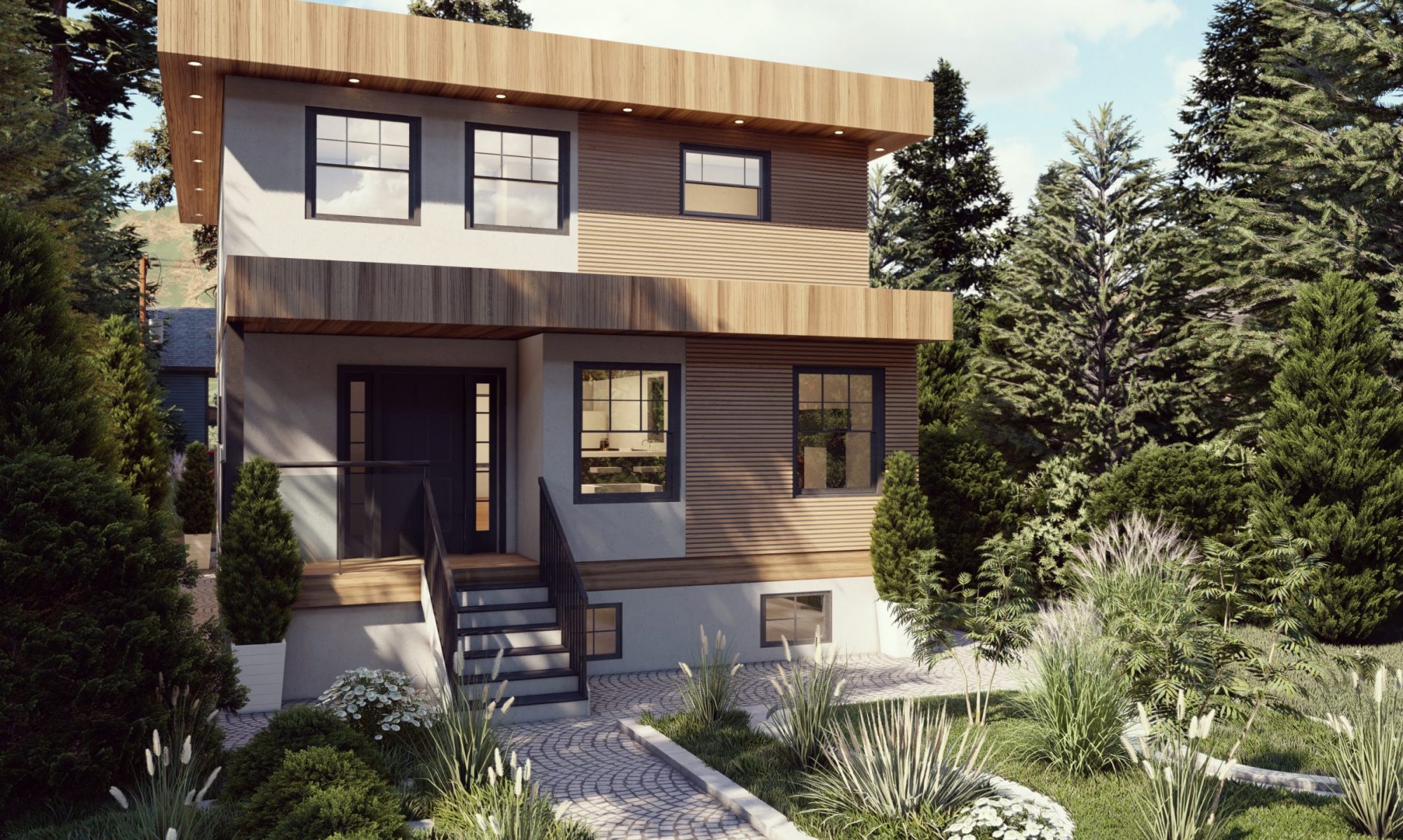Conventional buildings consume up to 40%
of global energy use and contribute up to 30% of annual global Green House Gas
emissions. In stark contrast, Passive House buildings consume up to 90% less
heating and cooling energy!
There are many standards laid out to
construct better buildings like LEED, Built Green, R2000 and Net Zero and some
of the standards might be similar, however passive house restrictedly
concentrates on the building’s performance.
Whereas LEED, for example, has a points
system that involves the material source, construction practices and recycling
methods and so on in their process.
Some of these practices are implemented
in the revised building code which becomes mandatory for all builders.
